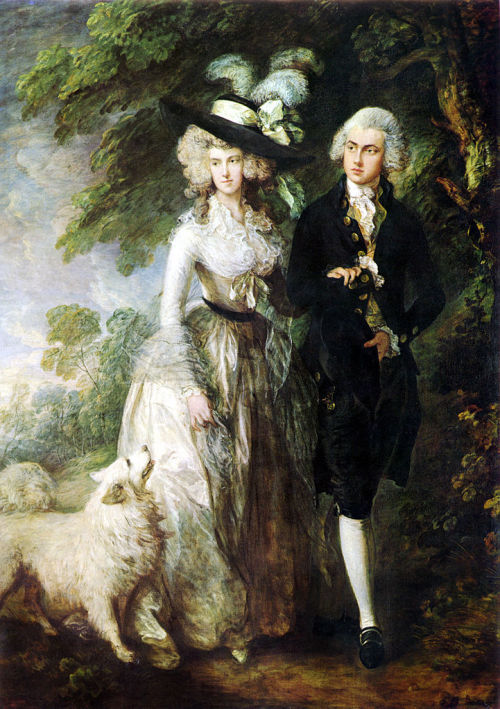Why February 11th is BRILLIANTBigwigsWell, the the second week of February is really proving to be a
Why February 11th is BRILLIANTBigwigsWell, the the second week of February is really proving to be a time of turbulence and general dissatisfaction. Yesterday is was students versus townsfolk in Oxford in the fourteenth century, the day before that it was violent games of football in sixteenth century Chester. Today it is the turn of wig makers in eighteenth century London.Wigs had been hugely popular in Britain, ever since King Charles II returned from his long exile in France in 1660. He wore a long flowing black wig and had the habit from his cousin, King Louis XIV of France, who wore an even bigger one to disguise the fact that he was going bald. Soon, everyone who was anyone had a wig. Samuel Pepys had one, though he was a bit worried about wearing it, in case it was made from the hair of a person who had died from the plague. Wigs were a great way of dealing with the problem of head lice. Instead of having to pick them out of your hair, you could shave your head. Then, if the lice got into your wig, you could simply send it off to the barbers to be boiled. They were also a great way of showing off. An ordinary one would cost around twenty-five shillings, about a week’s pay for the average wig-wearing Londoner. But a really large and splendid one might cost eight hundred shillings. It is from the habit of wearing this huge and expensive headgear that we have the term ‘bigwig’. So the wig makers were doing pretty well.By the eighteenth century men had begun to powder their wigs to make the hair white. Women usually didn’t wear full wigs, but had their own hair styled, with added hairpieces, into elaborate shapes. They also powdered their hair, but rather than white, they usually chose a powder that was tinted off white. But it could also be lilac, blue, pink or yellow. The advantage of powder was that it could be perfumed. Wigs got pretty smelly. But then, in the mid 1760s things began to change. It was just after the Seven Years War, which was huge, and really a world war 160 years before what we call World War I. There were loads of soldiers looking for work. Wages were low and prices were high. People stopped spending their money on fancy wigs. Instead they began have their own hair styled and powdered hair to look like a wig. Or if they did buy them, they bought from one of the many French wig makers who had moved to the city. This didn’t go down well at all with the wig makers of London. They felt extremely aggrieved. In fact, they wouldn’t shut up about it. On February 11th 1765, they marched to St James Palace with a petition for the King George III. They wanted people to stop buying wigs from foreigners. And while they were complaining about that, they also wanted to mention that they didn’t want to work on Sundays either. We presume that they were forever working on Sundays to get people’s wigs ready before they went to church. The wig makers really felt that they needed this time to “learn how to fear God and honour the King”. But they had a solution. What they wanted the King to do, was to pass a law that made the wearing of wigs a legal requirement amongst gentlefolk.Of course, the king did no such thing. But he managed to keep a straight face when he told them he would see what he could do. It was all a bit ludicrous really, and the wig makers didn’t really do much to promote their cause. As they marched through the town with their petition for the King, people couldn’t help noticing that they were not really wearing any wigs themselves. Some were set upon by the crowd and had their hair cut off.The next day Horace Walpole mentioned the incident when he wrote to his friend, the Earl of Hertford. He mused whether the carpenters who had done such a good trade in making wooden legs during the war, would also petition the king now that their trade had rather fallen off. It wasn’t very long before someone published a pretend petition on behalf of all body carpenters. It implored the king to wear a wooden leg in public to promote their industry and for all his courtiers to do the same. We don’t know who wrote it, but we suspect Walpole or one of his friends. -- source link
Tumblr Blog : whytodayisbrilliant.tumblr.com
#february 11th#whytodayisbrilliant#wig makers#wooden legs#london#horace walpole

